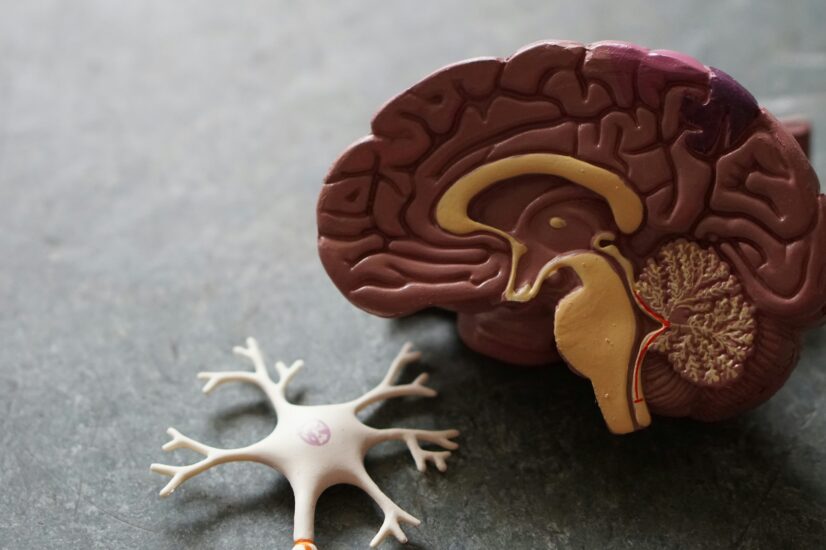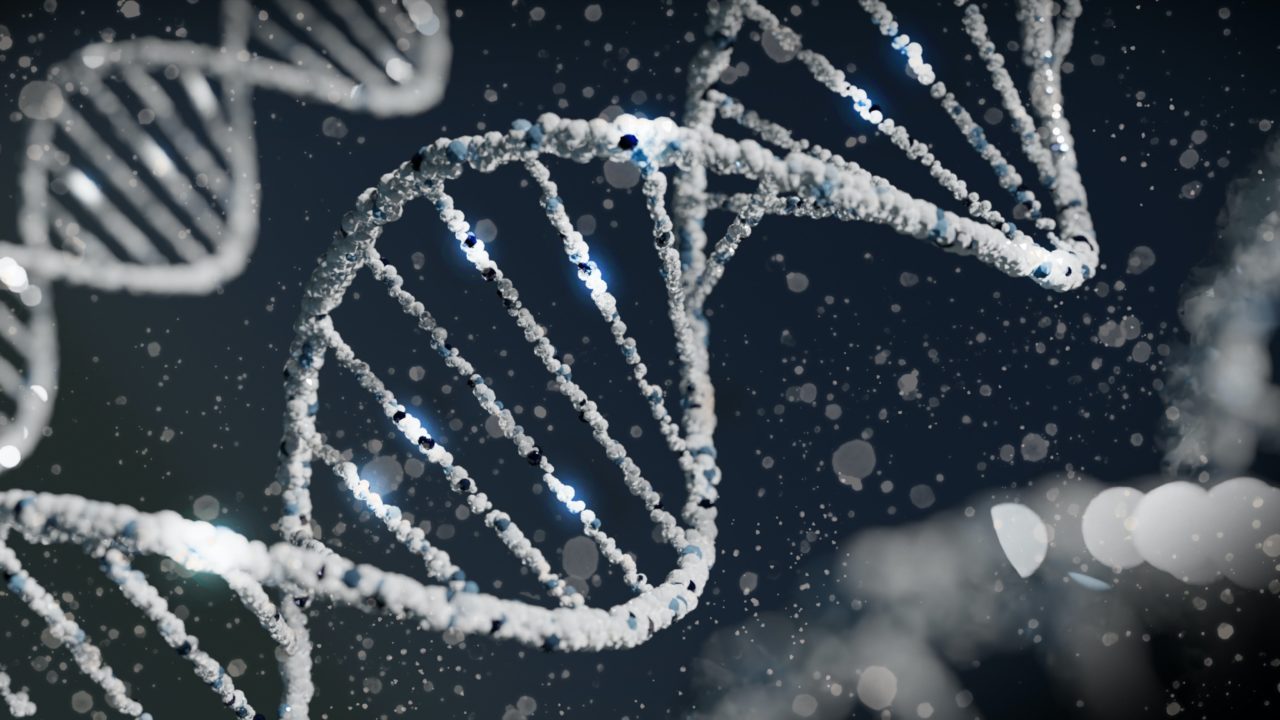CD33 has the distinction of being the first gene identified as a result of the CureAlz Alzheimer’s Genome ProjectÔ, back in 2008. CD33 carries the genetic code for receptors found on microglia cells, which normally clear away neurological debris, including plaques and tangles.
Neuroinflammation plays a key role in Alzheimer’s disease (AD) pathology. With Alzheimer’s progression, CD33 receptors become overexpressed in the brain. This overexpression has been shown to decrease the uptake and clearance of amyloid beta in microglial cell cultures. Gene therapy targeted at CD33 in mouse models decreased the levels of CD33 mRNA (a good indication that the number of CD33 receptors on microglial was also decreased), amyloid beta accumulation and neuroinflammation. The earlier the intervention was administered, the better the outcome. Gene therapy targeted at reducing the levels of CD33 may yield a potent new therapy for the treatment and prevention of AD.
A preclinical proof-of-concept study was published in Human Molecular Genetics by lead author Dr. Ana Griciuc, Dr. Casey Maguire, and Cure Alzheimer’s Fund’s Research Leadership Group Chair Dr. Rudy Tanzi. The paper provides evidence that utilizing gene therapy to knock down the expression of CD33, a microglial receptor, may decrease amyloid beta accumulation and neuroinflammation. An early intervention had more impact than beginning the intervention after Alzheimer’s disease (AD) pathology was established.
It is becoming increasingly clear that neuroinflammation is a key component of AD progression. “If you just have plaques and tangles alone, you probably won’t develop Alzheimer’s disease for a long time, if at all,” Tanzi explains in an interview for EurekAlert! It is the neuroinflammation in response to the plagues and tangles that kills neurons and leads to cognitive decline.
CD33 was the first neuroimmune gene discovered in the Alzheimer’s Genome Project funded by CureAlz. It contains the information for a receptor found on microglia. Microglia are the housekeepers of the brain, cleaning up debris and dead cells. They also remove amyloid beta deposits. CD33 activates microglial as part of the inflammatory pathway and can cause microglia to convert from housekeepers to neuron killers, leading to neuroinflammation. In microglial cell cultures, overexpression of CD33 inhibited the uptake and clearance of amyloid beta. The reverse was true when CD33 expression was knocked out (completely removed) in an AD mouse model—amyloid plaque burden was reduced. Therefore, having the ability to regulate the expression of CD33 through gene therapy could lead to decreased amyloid beta accumulation and neuroinflammation in AD. This hypothesis was the basis for the Human Molecular Genetics paper.
The authors designed a microRNA targeted against CD33 (miRCD33) and inserted it into a virus vector, which was injected into the brains of mice who modeled AD progression and pathology (APP/PS1). The virus delivered the microRNA into cells in the cortex and hippocampus by infecting them. The microRNA knocked down (but did not completely eliminate) the expression of CD33 by preventing its translation into a protein.
In the first group of experiments, mice were injected at eight months old after amyloid beta plaques had formed and neuroinflammation was present. The miRCD33 significantly decreased the level of CD33 messenger RNA, indicating the levels of CD33 receptors on microglial had also been decreased. This resulted in a decrease in TBS-soluble Aß42. The longer forms of amyloid beta (Aß40 and Aß42) are the forms most likely to clump together and form plaques. TBS-solubility indicated that amyloid beta was in its oligomer form, which is a precursor to the fibrils that clump together. However, the overall amyloid plaque load in the brain was not affected.
The researchers then tested if an earlier intervention might affect the amyloid plaque load. The mice were injected at two months old before amyloid plaques had formed in their brain. Once again, there was a significant decrease in CD33 messenger RNA. But this time, it was the TBS-soluble Aß40 that was decreased. Most importantly, there was now a significant decrease in the amyloid plaque load.
Not only did miRCD33 decrease the expression of CD33, but it also reduced the expression of other microglial receptors and pro-inflammatory activation genes, indicating that neuroinflammation was also reduced with early intervention.
Early intervention was the key to reducing amyloid plaque load and neuroinflammation. Beginning the treatment before AD pathology is firmly established may decrease the accumulated neuropathology and neuroinflammation over time.
This data suggests that a gene therapy approach to AD using a virus-vector-based approach to knock down CD33 expression may reduce amyloid beta accumulation and neuroinflammation.
Published in:
Human Molecular Genetics
Gene Therapy for Alzheimer’s Disease Targeting CD33 Reduces Amyloid Beta Accumulation and Neuroinflammation
Ana Griciuc, Ph.D., Massachusetts General Hospital, Rudolph Tanzi, Ph.D., Massachusetts General Hospital, Casey Maguire, Ph.D., Massachusetts General Hospital
EurekAlert!
https://www.eurekalert.org/news-releases/763254








